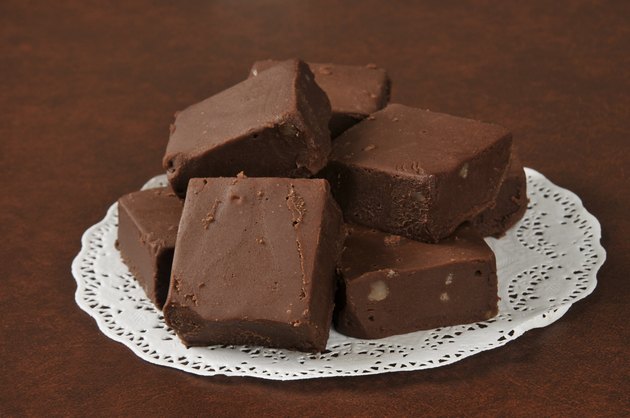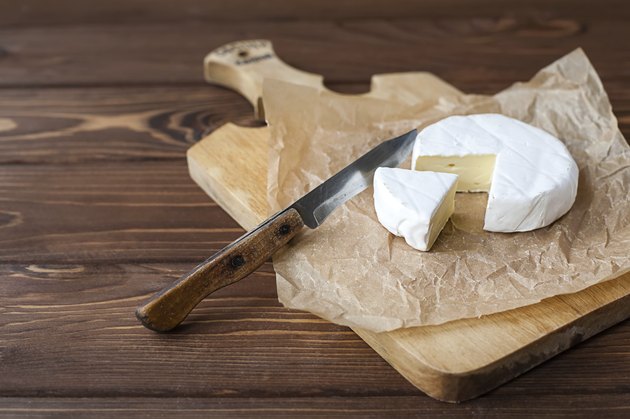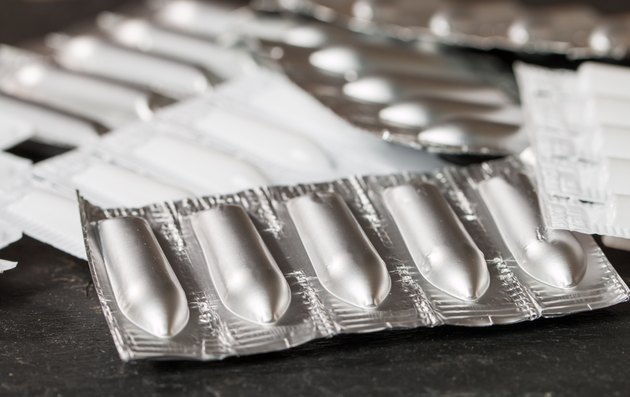Vegetable glycerin, also called glycerol, is made from soybean, coconut or palm oil, so it contains no animal products. Glycerin is used to keep foods moist, help mix oil- and water-based ingredients and sweeten foods. It also has some medical uses and may have some beneficial effects on hydration during exercise.

Keeps Foods Moist
Manufacturers add glycerin to foods, including baked goods, fudge, candy and nutrition and energy bars, to help maintain their water content. It can also help keep ice crystals from forming in reduced-fat frozen desserts. Other foods that may contain glycerin include dairy products, soups, sauces, condiments, processed meats and seafood and water-based flavored drinks.
Adds Sweetness
Vegetable glycerin is sometimes used as an alternative sweetener in foods for diabetics and a number of low-carbohydrate processed foods. It's actually less sweet than sugar and has more calories, but because it falls into the same group of carbohydrates as sugar alcohols, it doesn't affect blood sugar levels or affects them less than sugar, according to licensed dietitian/nutritionist Monica Reinagel. Glycerin is well absorbed by the body and then converts to glucose, however, so it may have an effect on blood sugar more similar to sugar than to sugar alcohols.
Relieves Constipation
Large amounts of glycerine can cause a laxative effect, so it's sometimes used as a medicine to help relieve constipation, usually in the form of a suppository. It isn't recommended for this use if you're diabetic or have kidney problems, however, because it could make these conditions worse.
May Limit Dehydration
A study published in the Journal of Athletic Training in 2004 found that drinking a beverage containing glycerin before the race along with water during the race appeared to help limit dehydration and heat strain in mountain bikers. This was a very small study, however, with a total of just 12 participants, so further research is necessary to verify these results.







